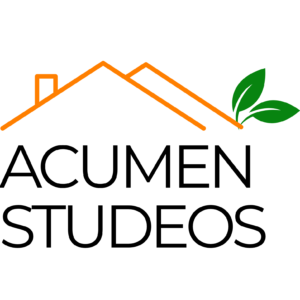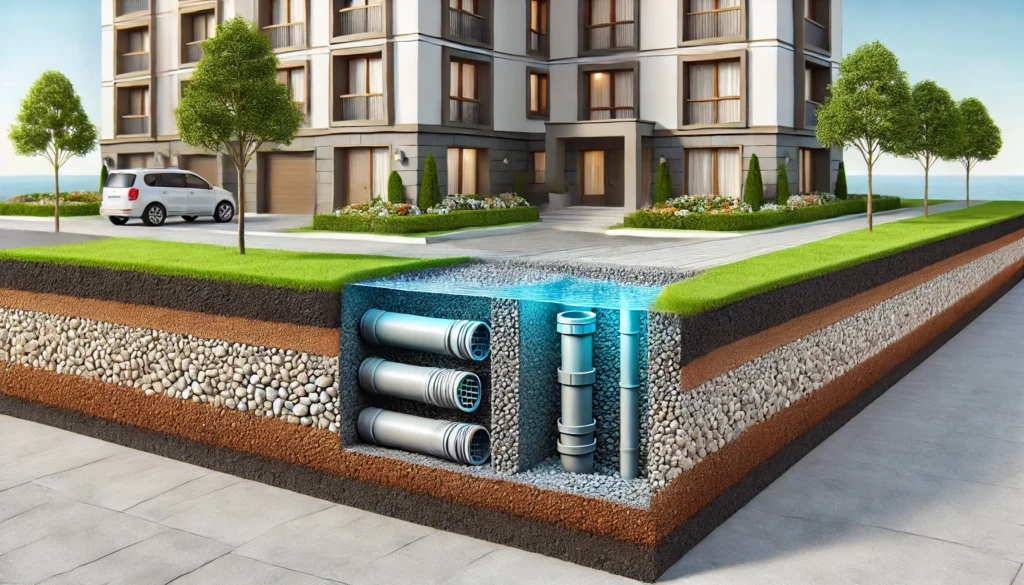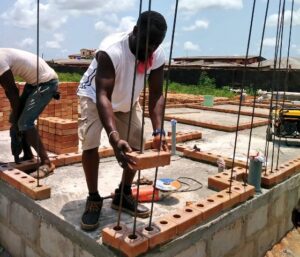Residential and commercial properties without access to a centralised sewer system use the septic tank and soakaway for wastewater management. The purpose of creating this system is to create an efficient, sustainable, and environmentally friendly project. However, it is very crucial to understand the design, construction, and functionality of the septic tank and soakaway.
Let’s discuss how septic tanks and soakaways work, their construction process, and the factors influencing their costs. So whether you want to install a reliable wastewater solution, this article will give you great insight to guide you.
Definition of Septic Tank and Soakaway
Septic tank from the word “septic” is the decomposition process of anaerobic bacteria. These bacteria break down organic waste in the absence of oxygen, a process known as anaerobic digestion. A septic tank is a watertight container made of concrete, plastic, or fibreglass used underground. The main purpose of a septic tank is to separate solid waste (sludge) from liquid and permit the liquid to flow out of the tank for further treatment or disposal.
The term soakaway is from the word “soak away,” meaning to allow water to get to the surrounding soil. It is an underground structure designed to manage and disperse liquid from a septic tank into the surrounding soil. It is made of a network of perforated pipes filled with porous materials like gravel or rubble. Its function is to disperse wastewater and undergo natural filtration and absorption, ensuring safe treatment and disposal.
The Construction Steps
The step-by-step guide to constructing a septic tank and soakaway is as follows:
1. Planning and Design
After the selection of the site, ensure that the drainage to the site is at least 30 meters away from the water sources to prevent pollution. The next thing to consider is the septic tank size, that is, having an idea of the number of users required for the septic tank to be used. The capacity of a tank for residential property is between 2,000 and 5,000 litres. Large commercial structures demand 5,000 to 10,000 litres or more.
2. Excavation
When digging out the septic tank and soakaway, make sure the depth and size match the design specifications.
3. Septic Tank Construction
Building an environmentally friendly and effective septic tank requires intense attention to detail and high-quality materials. For this purpose, the reinforced concrete slab should be about 150-200 meters thick, and you should allow it to cure for about 24-48 hours before proceeding to the next stage. Create a tank wall and install baffles and partitions.
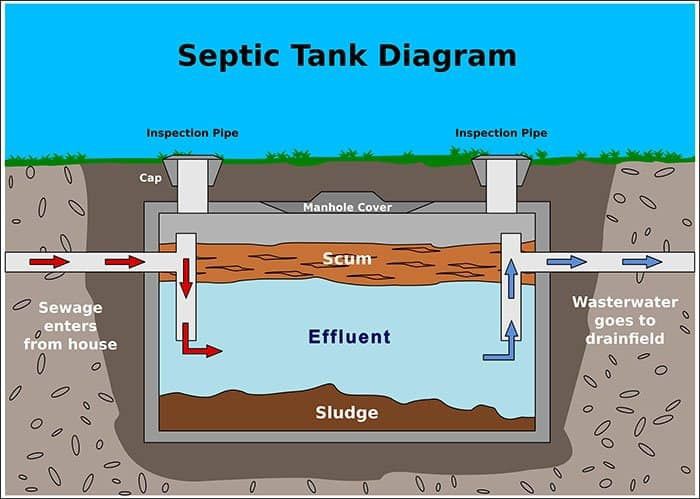
4. Soakaway Construction
Prepare the base of 100-150 mm thick and install the distribution pipes or crates. Then backfill the system with soil and ensure the area is accessible for maintenance.
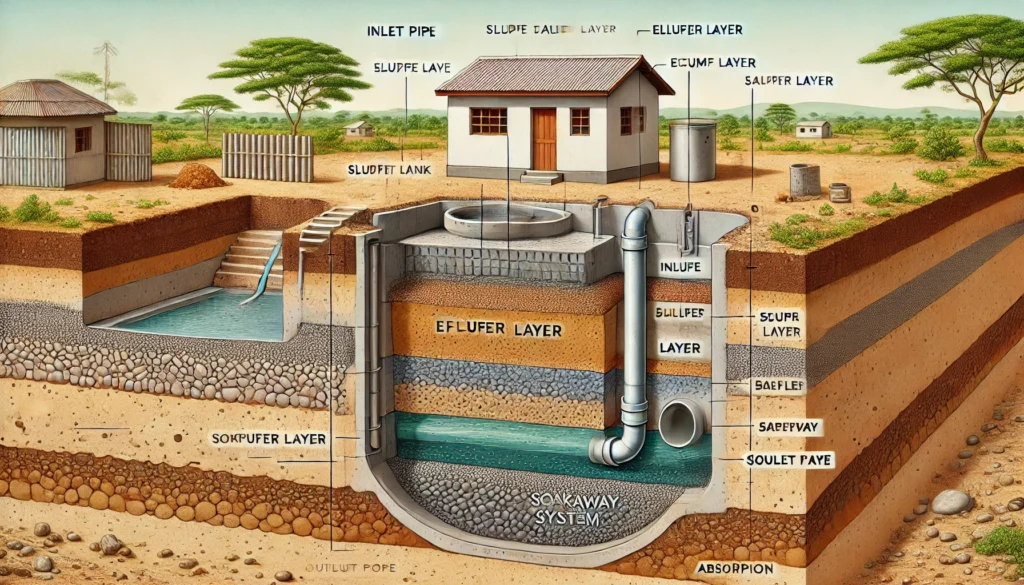
Key factors to consider when evaluating costs for septic tanks and soakaways in Nigeria.
Building a septic tank and soakaway system in Nigeria needs careful planning and budgeting. Considering the current material prices, labour rates, and site-specific factors is important. Other factors include site conditions, type of soakaway system, economy, and environmental factors.
Cost of building septic tanks and soakaways in Nigeria
- Excavation: Manuel labour is about N50,000- N150,000, while machinery is about N200,000- N 300,000.
- Septic tank and soakaway construction: N300,000- N600,000 for materials like concrete slabs, blocks, and reinforcement. Materials for gravel, perforated pipes, or modular crates will cost N80,000- N200,000.
- Labour cost: For skilled workers, it will cost N50,000- N150,000.
How does a septic tank and soakaway system work?
The main function of the septic tank and soakaway is to process and dispose of wastewater for houses and buildings without access to the centralised sewage system. The steps are as follows:
Step 1
Wastewater Collection.
The first step is to collect wastewater from toilets, sinks, showers, and other fixtures in the building. Then you channel the flow into the septic tank through an inlet pipe. The system relies on gravity to move wastewater from the property into the septic tank. Inside this tank, the first stage of treatment begins as the waste starts separating into layers. But this waste accumulates over time, requiring periodic removal.
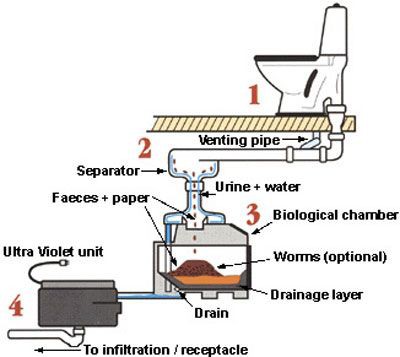
Step 2
Separation and Treatment in the Septic Tank.
The process of separating and treatment in a septic tank divides wastewater into three distinct layers: top, middle, and bottom. Lightweight materials such as grease and soap, which float on the surface are found on the top layer. This level forms a protective layer that helps trap odours. The middle layer, known as the effluent layer, contains dissolved organic matter and partially treated water.
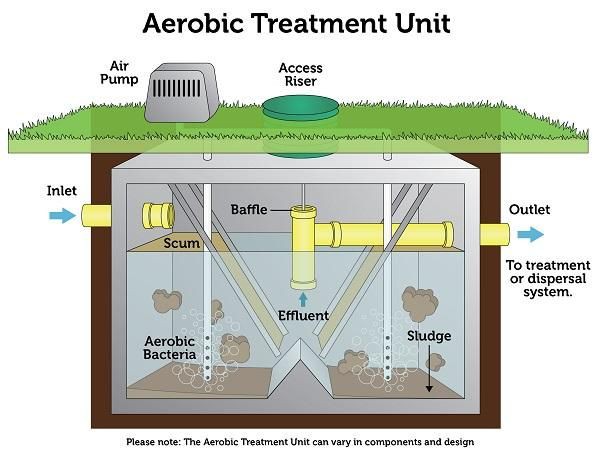
Step 3
Effluent Discharge to the Soakaway System
Once the wastewater has been separated and treated, the next critical stage is discharging the effluent into the soakaway system. Effluent refers to the liquid layer that flows out of a septic tank and is directed to a soakaway or drainage for further filtration and treatment by the soil. In this stage, effluent flows out from the septic tank through the outlet pipe, located just below the sludge. As the effluent enters the soil, it undergoes a natural filtration, as the surrounding soil acts as a natural filtration medium. This natural treatment process reduces harmful contaminants.
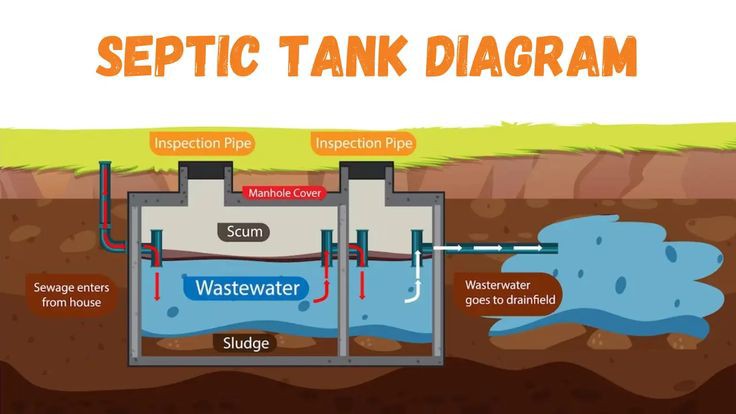
Step 4
Effluent Distribution in the Soakaway System.
Structural planning methods distribute wastewater evenly in the soakaway. Perforated pipes, gravel beds, modular crates, and a distribution box work together to ensure uniform dispersal of effluent from septic tanks and soakaways
Step 5
Natural Filtration in the Soil
When effluent enters the soil from the soakaway system, several natural processes occur. One of the processes is called physical filtration, where the dirt and solid particles pass through soil layers and trap organic matter within small soil pores. After this, biological decomposition occurs. This is when microorganisms in the soil feed on organic matter, thereby reducing contamination. The next process is the chemical process where oxidation and absorption happen in the soil.
Step 6
Safe Return to the Environment
Septic tanks and soakaways treat wastewater and safely reintroduce it into the environment. They purify the effluent and return it to the surrounding area through groundwater recharge, surface evaporation, and plant uptake
CONCLUSION
Septic tanks and soakaways are more than just wastewater management solutions; they demonstrate a dedication to environmental sustainability, health, and the conservation of the environment. Understanding the structure, functionality, and design will give you the confidence to establish an effective, long-lasting, and environmentally friendly septic tank. If you are ready to install a septic tank and soakaway, or if you require expert guidance on the best technique for your location, please contact us right away.
Our skilled team is available to guide you through the process and ensure that your system is installed efficiently and effectively. Allow us to help you design a long-term solution that addresses your individual needs.
